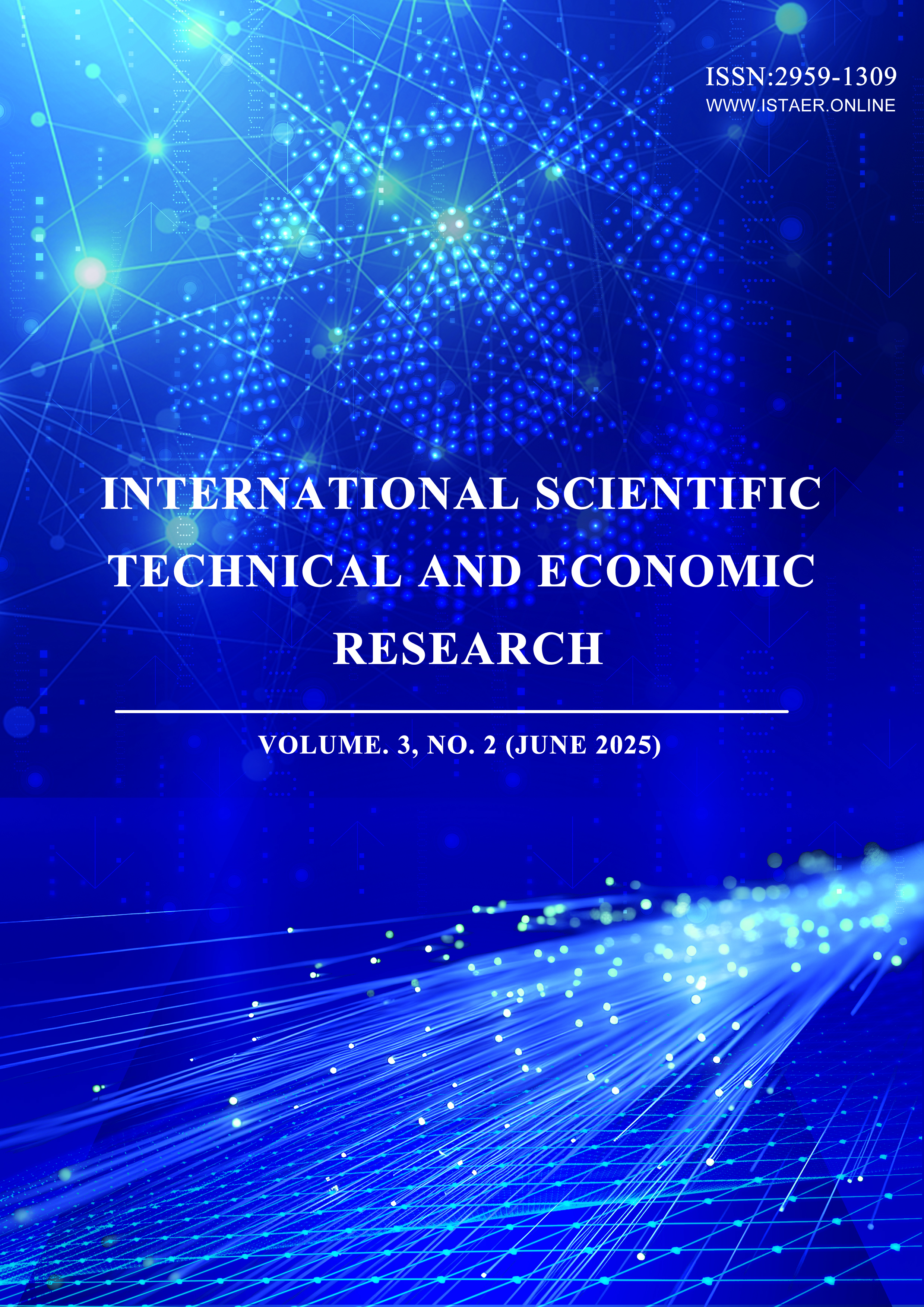Correlation analysis of telecom bank card fraud
DOI:
https://doi.org/10.71451/ISTAER2523Keywords:
Telecom Fraud; K S Test; Normal Distribution; Spearman; Chi Square TestAbstract
At present, telecommunication fraud crimes continue to occur frequently, causing huge economic losses. This study aims to explore the correlation between telecommunication fraud and given indicators, and determine whether (whether the bank card transfer transaction occurs in the same bank) and (whether the transfer transaction is online) are significantly correlated with telecommunication card fraud. Eight indicators were tested, and the results showed that all indicators did not meet the normal distribution. Then, using Spearman correlation analysis, it was determined that (the distance from the last transfer transaction) and (the ratio of the current transfer transaction amount to the last transfer transaction amount) had a low correlation with whether there was telecommunication fraud. Finally, the chi square test was used to determine the indicators that were significantly correlated with telecommunication fraud, and it was concluded that there was a significant correlation between (online transfer transactions) and whether there was telecommunication fraud.
References
[1] Wang, M., Xie, J., Chen, Z., Liu, M., Zhang, S., & Li, J. (2024). Enhancing Telecom Fraud Prediction Accuracy Using a Combined CNN-LSTM Model with Bahdanau Attention Mechanism. Journal of Globe Scientific Reports, 6(2), 56-73.
[2] Wahid, A., Msahli, M., Bifet, A., & Memmi, G. (2024). NFA: A neural factorization autoencoder based online telephony fraud detection. Digital Communications and Networks, 10(1), 158-167. DOI: https://doi.org/10.1016/j.dcan.2023.03.002
[3] Liu, G. (2024). Leveraging Machine Learning for Telecom Banking Card Fraud Detection: A Comparative Analysis of Logistic Regression, Random Forest, and XGBoost Models. Computers and Artificial Intelligence, 1(1), 13-27. DOI: https://doi.org/10.70267/1cc7aw07
[4] Shao, L., Chen, Q., & He, M. (2025). Telecom Fraud Money Laundering Account Recognition Case: Multiple Machine Learning Techniques. In AI in Banking: Practical Applications and Case Studies (pp. 159-197). Singapore: Springer Nature Singapore. DOI: https://doi.org/10.1007/978-981-96-3837-6_6
[5] Hapase, D. S., & Patil, L. V. (2024). Telecommunication fraud resilient framework for efficient and accurate detection of SMS phishing using artificial intelligence techniques. Multimedia Tools and Applications, 1-23. DOI: https://doi.org/10.1007/s11042-024-19020-2
[6] Alshawi, B. (2024). Comparison of SVM kernels in Credit Card Fraud Detection using GANs. International Journal of Advanced Computer Science & Applications, 15(1). DOI: https://doi.org/10.14569/IJACSA.2024.0150131
[7] Du, H., Lv, L., Wang, H., & Guo, A. (2024). A novel method for detecting credit card fraud problems. PloS one, 19(3), e0294537. DOI: https://doi.org/10.1371/journal.pone.0294537
[8] Li, F., & Chen, Z. (2025). Dynamic quantification anti-fraud machine learning model for real-time transaction fraud detection in banking. Discover Computing, 28(1), 59. DOI: https://doi.org/10.1007/s10791-025-09549-7
[9] Charizanos, G., Demirhan, H., & İçen, D. (2024). An online fuzzy fraud detection framework for credit card transactions. Expert Systems with Applications, 252, 124127. DOI: https://doi.org/10.1016/j.eswa.2024.124127
[10] Sizan, M. M. H., Chouksey, A., Tannier, N. R., Al, M. A., Jobaer, J. A., Roy, A., ... & Aminul, D. (2025). Advanced Machine Learning Approaches for Credit Card Fraud Detection in the USA: A Comprehensive Analysis. Journal of Ecohumanism, 4(2), 883-905. DOI: https://doi.org/10.62754/joe.v4i2.6377
Downloads
Published
Issue
Section
License
Copyright (c) 2025 International Scientific Technical and Economic Research

This work is licensed under a Creative Commons Attribution-NonCommercial-NoDerivatives 4.0 International License.
This work is licensed under the Creative Commons Attribution International License (CC BY 4.0).




